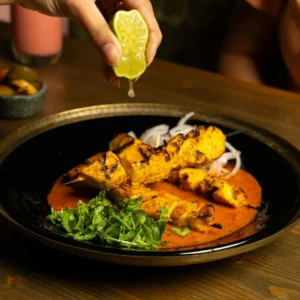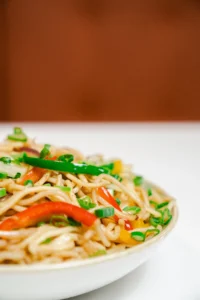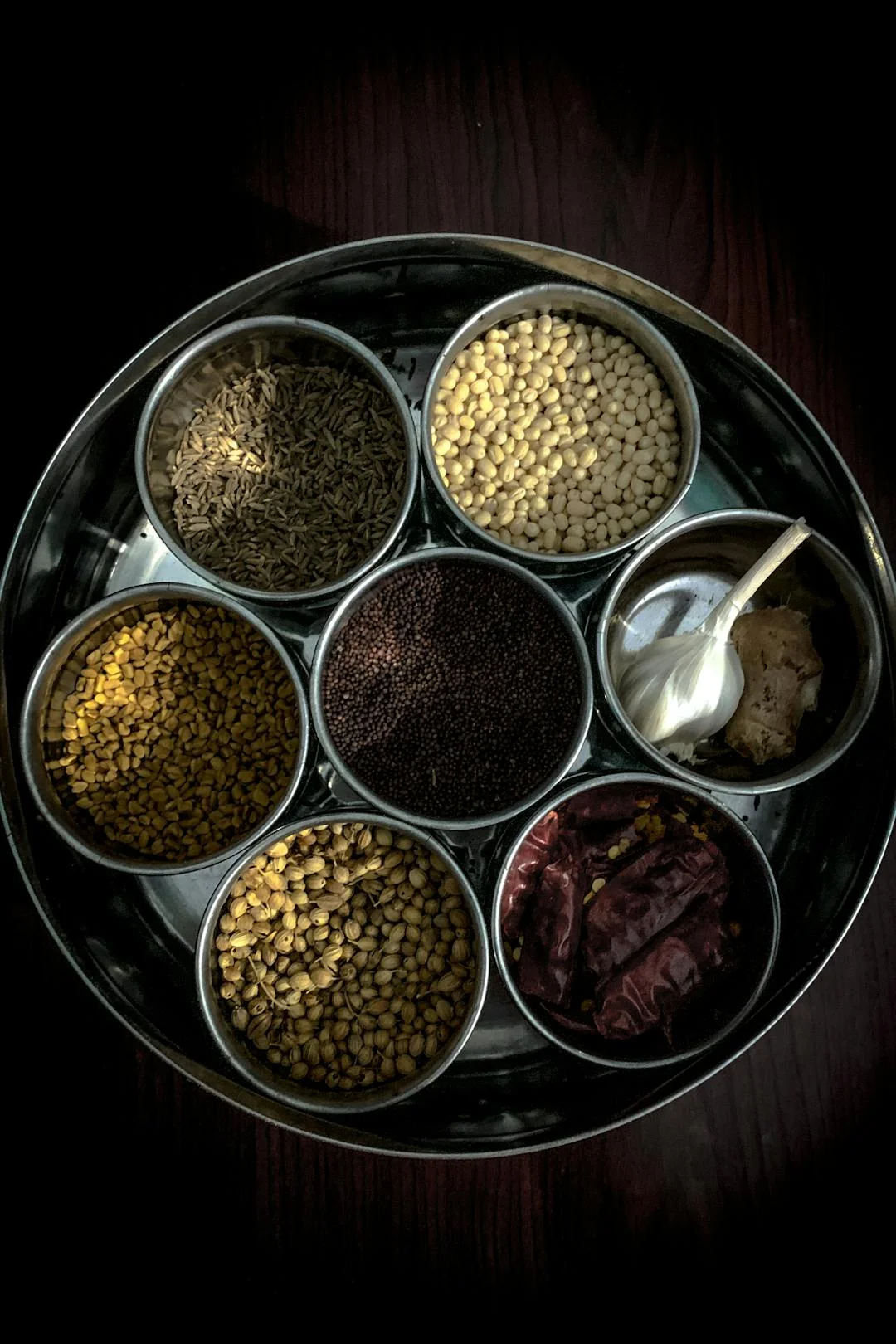Indian Regional Cuisine: North, South, East, West
Indian regional cuisine offers a rich variety of flavours, spices, and textures that reflect the country’s diverse culinary traditions. It reflects the country’s vast geography and deep cultural roots. Each region brings its own unique ingredients, cooking styles, and taste preferences. From the snowy north to the coastal south, and the bustling east to the dry west, Indian food shows endless diversity. Let’s explore how every corner of India adds something special to its cuisine.
North Indian Cuisine: Rich, Creamy, and Bold
 To begin with, North India includes states like Punjab, Uttar Pradesh, Rajasthan, and Kashmir. As a result, the food here feels warm, hearty, and rich. Because of the cold winters, the region uses lots of dairy, spices, and ghee.
To begin with, North India includes states like Punjab, Uttar Pradesh, Rajasthan, and Kashmir. As a result, the food here feels warm, hearty, and rich. Because of the cold winters, the region uses lots of dairy, spices, and ghee.
Popular Ingredients and Dishes
Wheat is the main grain, so you’ll often see rotis, naan, and parathas. North Indian dishes also use lots of paneer, cream, and yoghurt. Think of butter chicken, palak paneer, and dal makhani – these dishes feel comforting and full of flavour.
Use of Spices
Cooks use spices like garam masala, cumin, and cardamom to create warm and bold tastes. These spices add both aroma and depth.
Tandoor Cooking
This region also popularised the tandoor, a clay oven used to cook bread and meat. Tandoori chicken and naan are global favourites that started here.
South Indian Cuisine: Spicy, Tangy, and Light
South India includes Tamil Nadu, Kerala, Andhra Pradesh, and Karnataka. The tropical climate shapes the local diet. You’ll find rice as the staple, along with lots of coconut and tamarind.
Iconic Dishes and Flavours
Dishes like dosa, idli, and sambar are common in daily meals. Coconut chutney and spicy pickles often appear on the side. In Kerala, fish curries made with coconut milk are a delight.
Spice and Fermentation
Firstly, South Indian food has a strong spicy and tangy edge. Moreover, fermented foods like dosa batter improve digestion and taste. In addition, mustard seeds, curry leaves, and dried red chillies add a punch to most dishes.
Vegetarian and Non-Vegetarian Options
While many South Indians follow a vegetarian diet, the coastal areas love seafood. You’ll also find chicken and mutton in Andhra’s fiery dishes.
East Indian Cuisine: Subtle, Sweet, and Aromatic
The East includes Bengal, Odisha, Assam, and the seven sister states of the Northeast. This region enjoys rich rivers, fertile plains, and lots of rainfall. Its cuisine blends flavour with subtlety.
Signature Dishes
Bengali food balances sweet and savoury beautifully. Dishes like macher jhol (fish curry) and shorshe ilish (hilsa with mustard) are popular. Rice is a staple, often paired with fish or lentils.
Love for Sweets
The East is famous for its sweets. Rasgulla, sandesh, and mishti doi (sweet yoghurt) are loved across the country. These desserts use milk, cardamom, and saffron for flavour.
Influence of Nature
In contrast, the Northeast offers unique dishes made with bamboo shoots, fermented foods, and fresh herbs. Therefore, people here cook lightly, often without too many spices, to keep flavours clean and natural.
West Indian Cuisine: Diverse, Dry, and Bold
 West India covers Gujarat, Maharashtra, Goa, and Rajasthan. Each state here has a different cooking style, shaped by climate and culture.
West India covers Gujarat, Maharashtra, Goa, and Rajasthan. Each state here has a different cooking style, shaped by climate and culture.
Gujarat and Its Flavours
Gujarati food balances sweet, salty, and sour tastes in one dish. Dhokla, thepla, and khichdi are household staples. Most dishes are vegetarian, but full of flavour thanks to mustard seeds, jaggery, and asafoetida.
Maharashtrian Meals
Maharashtra offers both mild and spicy dishes. Vada pav, pav bhaji, and poha are loved street foods. In coastal areas, fish curries and coconut-based gravies shine.
Goan Cuisine
Interestingly, Goan food combines Indian and Portuguese styles. As a result, it features spicy, tangy dishes like vindaloo and xacuti. In particular, coconut, vinegar, and seafood dominate the plate.
Rajasthani Specialities
Because of Rajasthan’s dry climate, dishes have a longer shelf life. For example, dal baati churma, gatte ki sabzi, and ker sangri. Moreover, chilli and gram flour give dishes bold and earthy flavours.
Shared Threads Across Regions
Though Indian cuisine varies by region, certain features unite them all.
Love for Spices
Every part of India uses spices – not just for heat, but for taste, colour, and health benefits.
Celebration of Freshness
Most dishes use seasonal vegetables, fresh herbs, and local produce. Using Indian regional cuisine ingredients ensures maximum flavour and nutrition in every meal.
Food as Culture
In India, food is not just nourishment. It’s tradition, community, and celebration. Festivals, weddings, and even daily meals hold great meaning.
Final Thoughts
India’s food landscape, therefore, tells stories of geography, history, and heart. Each region, meanwhile, offers something new, yet all dishes share a deep love for flavour and balance. Whether you crave spicy curries, creamy gravies, or sweet delights, Indian cuisine, in fact, has it all. So, explore the country through its food—you’ll never run out of surprises.

